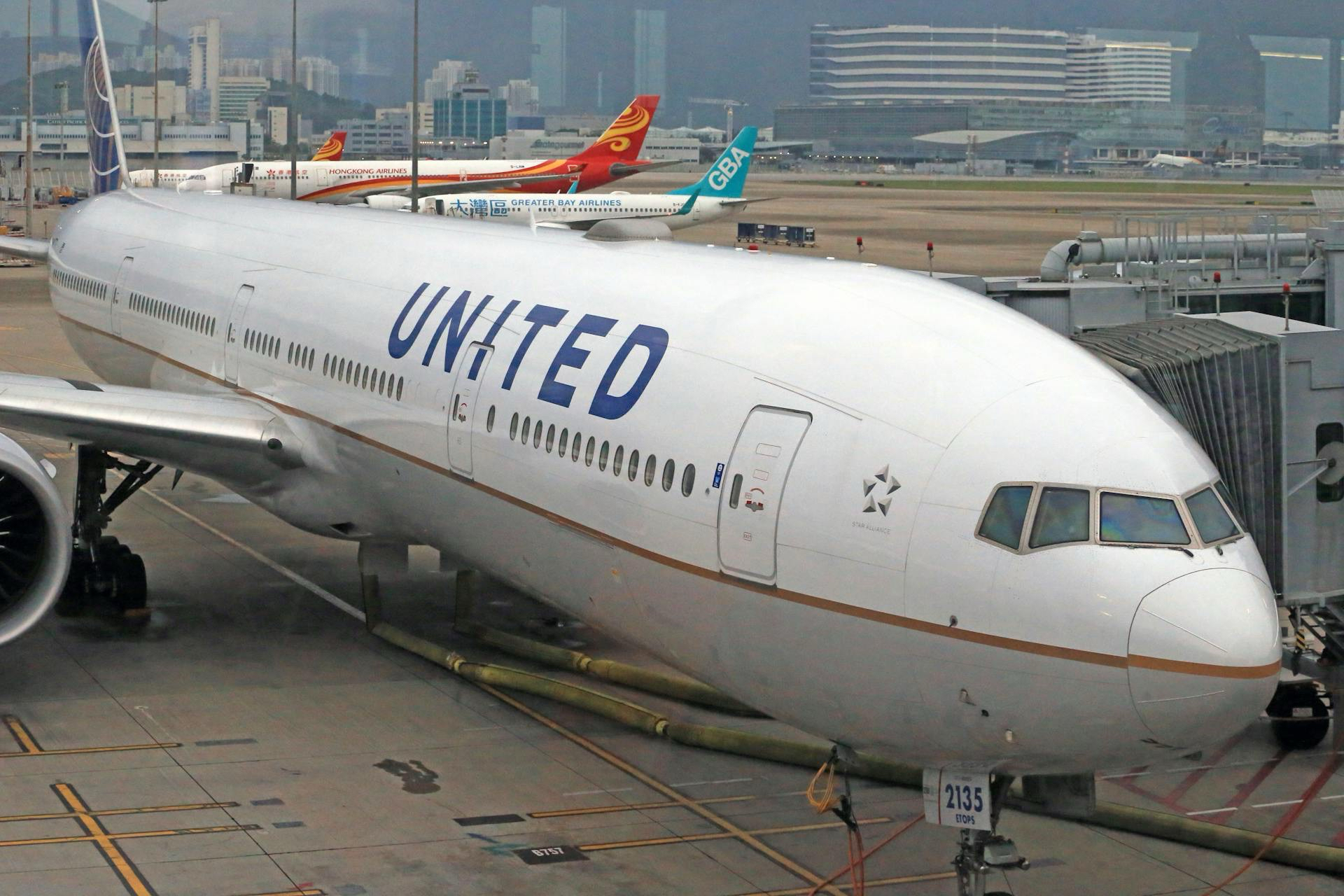Overview
• Operator: United Airlines
• Aircraft Model: Boeing 767-400
• Registration: N59053
• Flight Number: UA-2143
• Route: Newark (USA) to San Juan (Puerto Rico)
• Date: 25 January 2025
• Occupants: Not specified
• Nature of Incident: Cockpit fire alarm triggered, precautionary diversion
• Investigation: Under review by the FAA
Incident Summary
United Airlines flight UA-2143, a Boeing 767-400, was operating from Newark, NJ, to San Juan, Puerto Rico, when the crew received a fire alarm warning on the flight deck while cruising at FL310 over the Atlantic Ocean, approximately 200 nautical miles southeast of Newark.
The crew immediately turned the aircraft around and initiated a return to Newark Liberty International Airport. Despite the alarm, the crew advised air traffic control that no emergency assistance was required on landing.
During radio transmissions, a fire bell was audible in the background, confirming the activation of the onboard fire detection system. The aircraft landed safely on runway 22R at Newark approximately 50 minutes after the decision to return.
Sequence of Events
Cruise Phase
• The aircraft was cruising at FL310 over the Atlantic Ocean when the cockpit fire alarm activated.
• The crew followed standard emergency procedures, including troubleshooting and verifying indications of fire.
Decision to Return
• Due to the nature of the alarm, the crew opted to turn around and return to Newark rather than continue overwater operations.
• The aircraft descended and proceeded directly back to Newark while remaining in contact with ATC.
Approach & Landing
• The crew confirmed no visible fire or smoke but could still hear the fire warning bell during radio transmissions.
• The aircraft landed safely on runway 22R approximately 50 minutes after turning around.
• The crew declined emergency assistance upon arrival, suggesting that no active fire was detected.
Post-Landing Assessment
• The aircraft was taxied to a remote stand for inspection.
• The FAA confirmed the occurrence and announced an investigation into the cause of the fire alarm.
FAA & Airline Response
The Federal Aviation Administration (FAA) issued a statement confirming that:
“United Airlines Flight 2143 returned safely to Newark Liberty International Airport around 10 a.m. local time on Saturday, Jan. 25, after the crew reported a fire alarm in the flight deck. The Boeing 767-400 was headed to Luis Muñoz Marín International Airport in San Juan, Puerto Rico. The FAA will investigate.”
United Airlines dispatched a replacement Boeing 767-400, registration N76062, which transported passengers to San Juan with a delay of approximately 5 hours.
The occurrence aircraft remained grounded in Newark for further inspection, still on the ground 27 hours after landing.
Potential Causes & Technical Analysis
The source of the fire alarm remains under investigation, but common causes include:
• Faulty Fire Detection Sensors: Electrical faults or contamination within the fire detection system can trigger false warnings.
• Overheated Components: Issues with electrical panels, avionics cooling, or wiring insulation may lead to localized heating, triggering a fire alarm.
• Environmental Factors: External heat sources, condensation, or sensor malfunctions may lead to nuisance warnings.
A thorough inspection of the cockpit fire detection and electrical systems will be required to determine the cause of the alarm.
Aircraft Status & Investigation
• The affected aircraft (N59053) remains grounded at Newark for maintenance evaluation.
• The FAA is investigating the cause of the fire alarm and whether it was a false indication or a real overheating issue.
Conclusion & Safety Considerations
• The flight crew acted appropriately by returning to Newark instead of continuing overwater with a potential fire risk.
• The lack of visible smoke or fire suggests a possible false alarm or an
